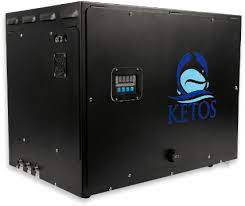- Water Monitoring Solutions
- Resources
- Downloadable Contents
- Latest Insights
- About Us
- Contact
Water Quality Parameter
Monitoring Water for pH With KETOS SHIELD
Testing for pH
Download our KETOS SHIELD overview to learn how your water operators can:
- Enable an early-warning system in real-time to measure, manage, and monetize water as a resource
- Eliminate much of the manual labor associated with water testing, including removing the need for multiple analyzers, manual processing, and third-party modeling
- Can continuously receive EPA-compliant and lab-accurate information in real-time
- Practice timely decision-making to protect equipment and prevent downtime for more efficient operations
Learn To Automate pH Testing In Water With Lab-Accurate Results in Real-Time
Testing for pH
 KETOS SHIELD can monitor for pH and dozens of water quality parameters. The device is modular and interoperable while reducing costs traditionally allocated to manual testing or third-party lab fees.
KETOS SHIELD can monitor for pH and dozens of water quality parameters. The device is modular and interoperable while reducing costs traditionally allocated to manual testing or third-party lab fees.
Users get accurate monitoring for pH and various other water testing parameters. Results are lab-accurate (in ppb) and EPA-compliant. Water is tested as often as an organization requires, and real-time results/threshold alerts are delivered right to a water operator’s device (mobile, laptop, tablet).
Why Monitor Water for pH with KETOS
pH is the measure of acidity, alkalinity, or neutrality of water. Higher pH levels indicate more acidic water, whereas lower pH levels indicate alkalinity.
pH is an integral part of water testing for purification processes. A change in pH can alter the behavior of other chemicals in water. It can also affect quality as pH changes in water ultimately alter the taste, color, stability, acidity, and shelf life of food and beverage products.
Beyond food and beverage processes, pH is essential for community water supplies as unbalanced pH levels can lead to pipe corrosion, which, in turn, can lead to heavy metals entering drinking water in homes. In an industrial context, such corrosion can also lead to damaged equipment and increased downtime. Therefore, it’s integral that pH is monitored and balanced in both municipal and industrial applications.
What are the Issues with pH in Water?
The pH level in water is a fundamental parameter that indicates its acidity or alkalinity. While water pH naturally varies depending on geological, environmental, and human factors, deviations from the optimal pH range can lead to various challenges and concerns. Here are key issues associated with pH in water:
- Corrosion and Scaling: Extreme pH levels can accelerate corrosion or scaling in water distribution systems, plumbing fixtures, and industrial equipment. Low pH (acidic) water can corrode metal pipes, fittings, and fixtures, leading to leaks, pipe failures, and infrastructure damage. Conversely, high pH (alkaline) water can promote scale formation on surfaces, reducing water flow rates, impairing equipment performance, and increasing maintenance costs.
- Water Quality and Aesthetic Concerns: pH influences water quality characteristics such as taste, odor, and appearance. Water with an abnormal pH may exhibit undesirable taste or odor profiles, making it unpalatable for drinking or cooking. Additionally, pH fluctuations can affect water clarity and color, impacting consumer satisfaction and confidence in water quality.
- Biological Activity: pH levels influence the growth and survival of aquatic organisms, including fish, plants, and microorganisms. Extreme pH conditions can disrupt aquatic ecosystems, leading to reduced biodiversity, impaired reproduction, and increased susceptibility to diseases. Maintaining appropriate pH levels is essential for sustaining healthy aquatic habitats and supporting ecosystem functions.
- Chemical Reactions: pH governs various chemical reactions in water, affecting the behavior and solubility of dissolved substances. Deviations from the optimal pH range can alter chemical equilibria, leading to precipitation, dissolution, or complexation of minerals and contaminants. pH influences the effectiveness of water treatment processes, including coagulation, disinfection, and precipitation, requiring careful monitoring and control to achieve desired treatment outcomes.
- Regulatory Compliance: Governments and regulatory agencies establish pH standards or guidelines for drinking water and wastewater discharges to protect public health and the environment. Compliance with these regulations requires water utilities, industries, and municipalities to monitor pH levels regularly, adjust treatment processes as needed, and maintain records to demonstrate compliance with regulatory requirements.
- Ecological Impacts: pH fluctuations can have ecological impacts on freshwater and marine ecosystems, affecting habitat suitability, species distribution, and ecosystem dynamics. Acidic conditions resulting from low pH levels can lead to fish kills, reduced primary productivity, and changes in species composition. Alkaline conditions associated with high pH levels may also have adverse effects on aquatic life, altering nutrient cycling and ecosystem structure.
How to Easily Monitor Water for pH
Gain insights into all of your water testing parameters, including pH, all from one place, with KETOS.
Consolidate data collection and analysis into one platform, simplifying your water quality management processes. With KETOS, empower your organization with centralized access to critical information for informed decision-making and regulatory compliance.
What Water Quality Parameter Do You Test Most Often?
The KETOS SHIELD remotely monitors dozens of water quality parameters. Which one do your water operators test most often?
KETOS Awards















About KETOS
KETOS is a fully integrated platform that combines hardware, software, connectivity, automated reporting, predictive analytics, and maintenance to automate water monitoring and testing. KETOS enables water operators to identify and solve mission-critical water efficiency and quality challenges in real-time, or before they happen through predictive algorithms, to ensure that water meets specific quality and safety standards.

